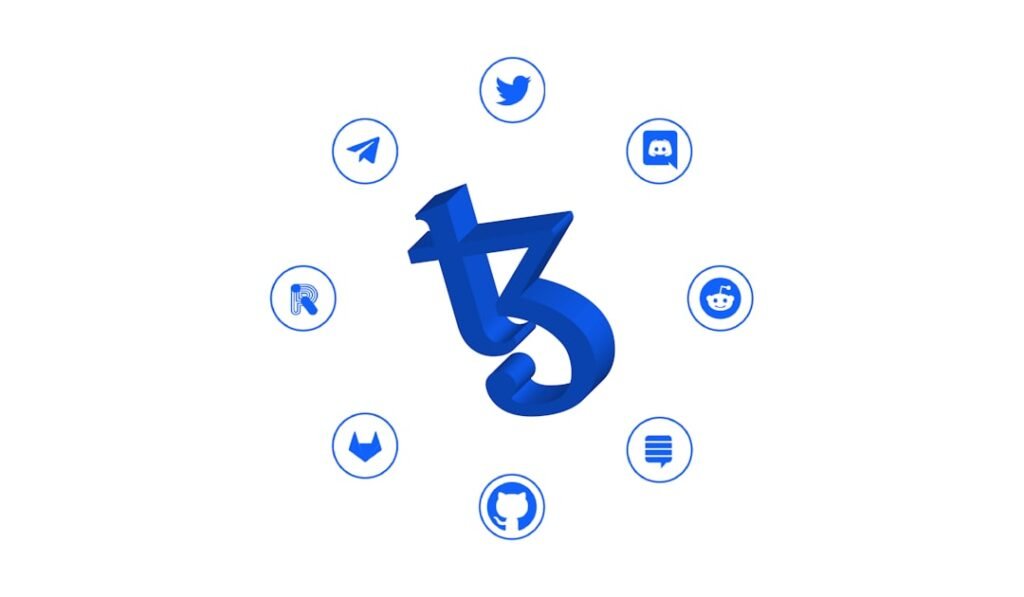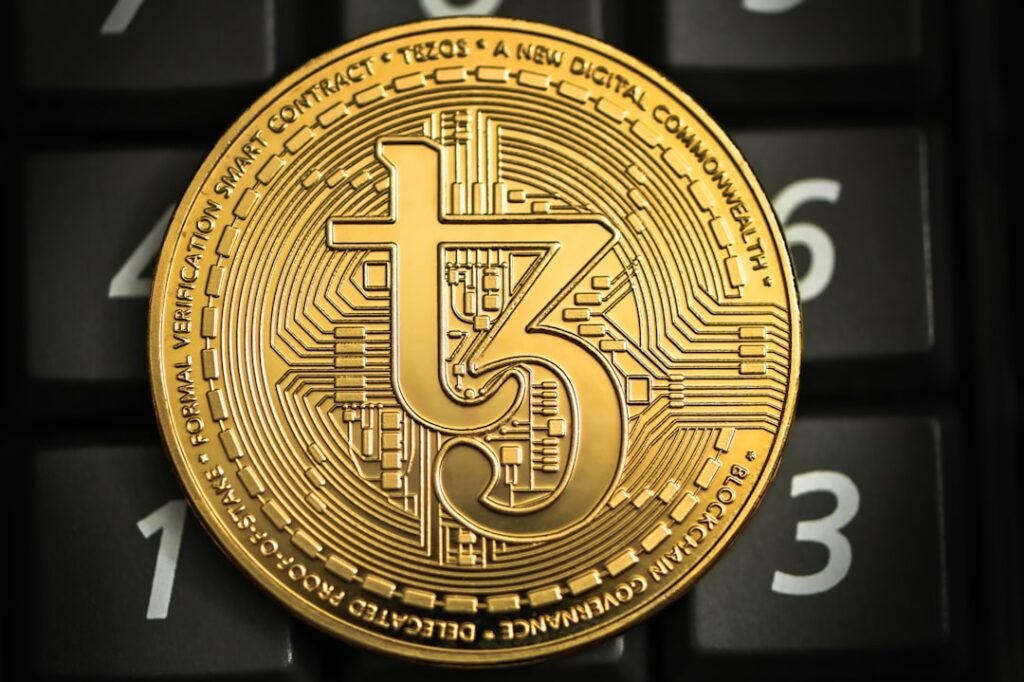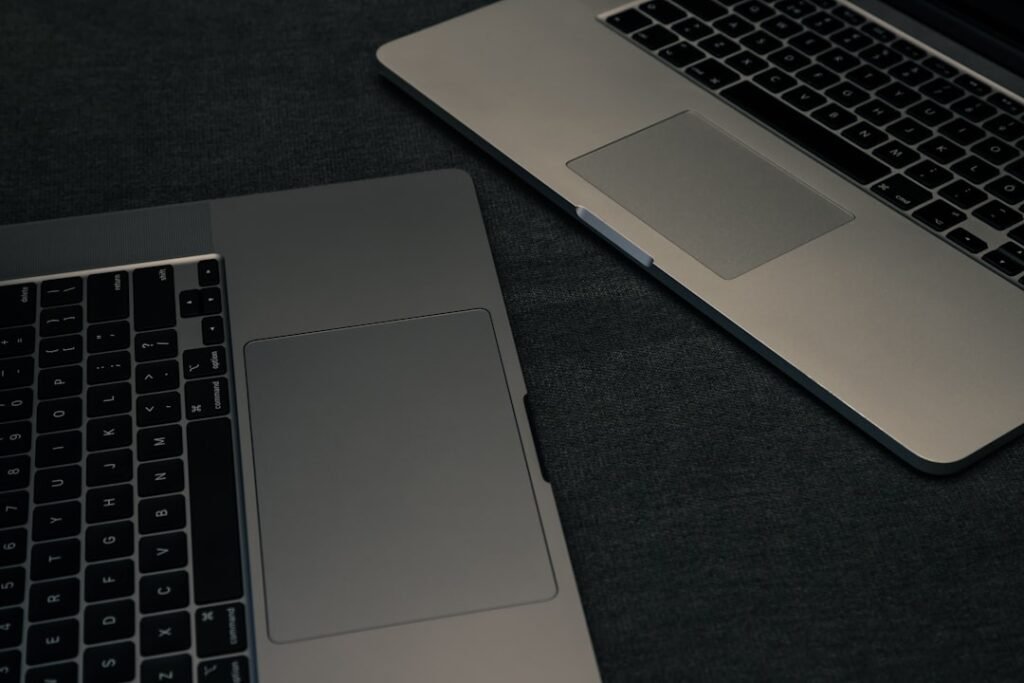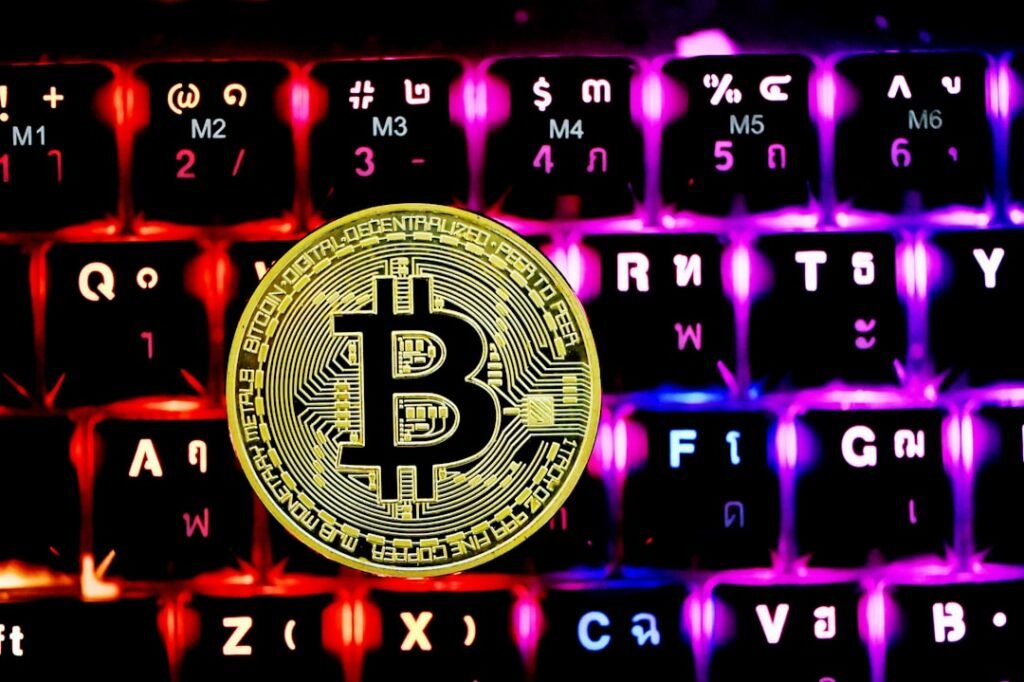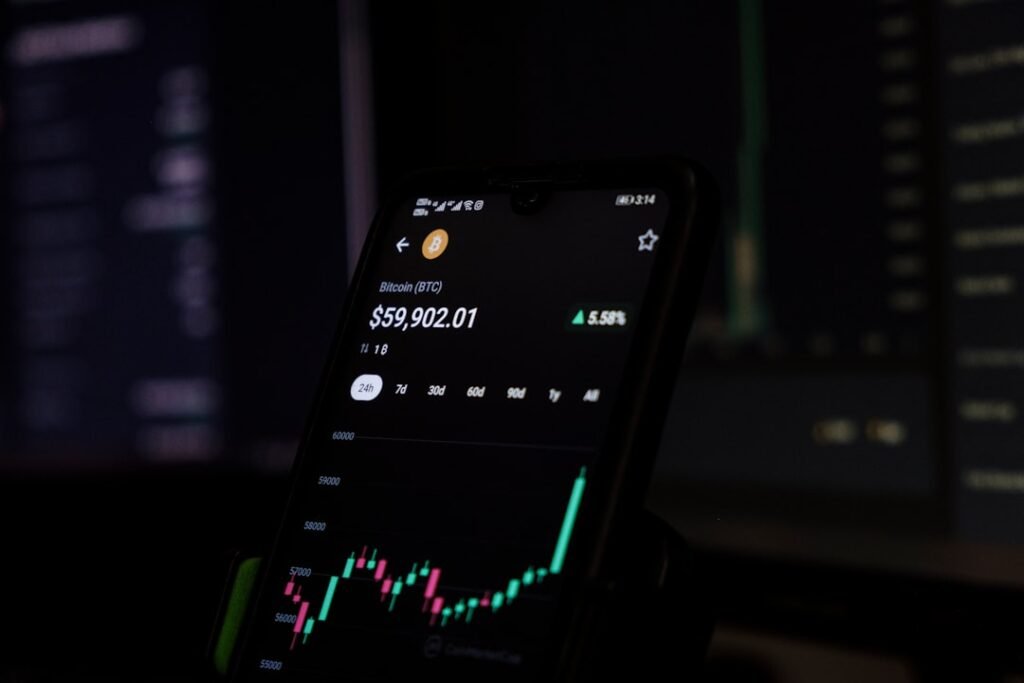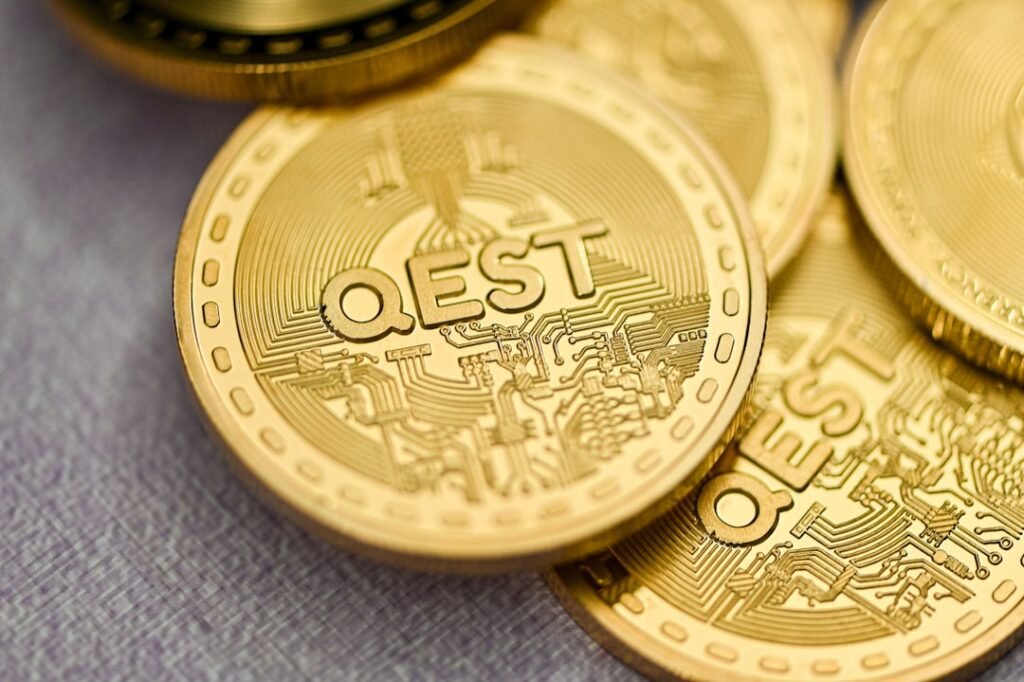Unlock the Future of Money: What is DeFi and Why It's Revolutionizing Finance
Imagine sending money across the globe instantly, earning interest on your savings, or securing a loan – all without stepping into a bank, filling out paperwork, or even needing an email address. This isn't science fiction; it's the reality powered by التمويل اللامركزي (DeFi). With just a crypto wallet and an internet connection, you're ready to explore this groundbreaking financial ecosystem.
DeFi is not merely a buzzword; it represents a fundamental shift towards an open, global, and permissionless financial system built on the backbone of blockchain technology. It empowers individuals by removing traditional gatekeepers like banks and brokers, putting financial control directly into your hands. Let's dive into what DeFi is, how it works, and the transformative potential it holds.
What Exactly is DeFi and How Does It Function?
في جوهرها DeFi refers to an ecosystem of financial applications and protocols built on decentralized blockchains. It embodies the radical idea that anyone, anywhere, with an internet connection should have unrestricted access to essential financial services and tools. DeFi challenges the centralized model where institutions like banks and governments control access and set the rules.
DeFi operates through a powerful stack of interconnected building blocks:
- Blockchains: These are the foundational digital networks (like Ethereum) that provide the secure infrastructure for DeFi apps to run, akin to an operating system (like Windows or macOS) supporting software applications. They maintain the shared, immutable ledger of all transactions.
- العقود الذكية: These are self-executing computer programs stored directly on the blockchain. They automatically enforce the terms of an agreement when predefined conditions are met, eliminating the need for intermediaries and preventing tampering by malicious actors. They are the "brains" automating DeFi services.
- Decentralized Applications (dApps): These are the user-facing applications powered by smart contracts, designed to run on specific blockchains. Think of them as the apps on your phone, but built for decentralized networks. Examples include decentralized exchanges (DEXs) and lending platforms.
- Onchain Wallets: These are applications or devices (like MetaMask or Uniswap Wallet) that allow users to securely store their private keys and interact directly with DeFi dApps. They give you self-custody of your crypto assets.
- العملات الرقمية: Digital assets like Bitcoin (BTC), Ether (ETH), and stablecoins (e.g., USDC) are the native currencies used within DeFi for transactions, collateral, and earning yields.
While dApps behave much like traditional apps (often downloadable from app stores or accessible via web browsers), the crucial difference lies in transaction processing. When you send a payment via a DeFi app, it's not confirmed by a centralized bank like PayPal or Venmo uses; instead, the transaction is verified and recorded by the decentralized blockchain network itself.
Unleashing Possibilities: What Can You Actually Do with DeFi?
DeFi unlocks a vast landscape of financial activities previously dominated by institutions. Here are key ways you can engage today:
- Swapping Tokens: Decentralized Exchanges (DEXs), like the Uniswap Protocol, allow you to trade one digital asset directly for another without intermediaries. Imagine swapping your Apple stock for Berkshire Hathaway stock instantly without selling first – that's the power of DEXs for crypto assets.
- Providing Liquidity (LPing): Anyone can become a liquidity provider (LP). By depositing pairs of assets into liquidity pools (used by DEXs to facilitate trades), you earn fees from transactions – similar to stocking a vending machine and earning a commission on each sale. It's accessible with just a few clicks.
- Borrowing Digital Assets: Decentralized lending protocols allow users to deposit crypto assets as collateral and borrow other tokens instantly. Unlike traditional loans requiring credit checks and lengthy approvals, DeFi borrowing is permissionless and often near-instantaneous. Connect your wallet, deposit collateral, and borrow.
- Tokenizing Real-World Assets (RWAs): DeFi enables the representation of physical assets (like real estate or fine art) as digital tokens on the blockchain. This simplifies proving and transferring ownership and even allows for fractional ownership. Imagine millions of people owning a verifiable, small stake in a masterpiece like the Mona Lisa!
- Sending Large Sums Globally: Transferring significant amounts of money across borders is often faster and cheaper using DeFi. Transactions bypass traditional banks, payment processors, and currency converters, drastically reducing delays and fees.
Platforms like DappRadar help users discover thousands of other DeFi applications across various categories.
The Compelling Advantages: Why DeFi is Gaining Momentum
DeFi is architected to foster a truly open, global, and always-on financial system accessible to anyone with an internet connection. Its core benefits include:
- Speed: Transactions like token swaps execute rapidly, often in minutes.
- Low Cost: By eliminating many intermediaries, DeFi can significantly reduce transaction and service fees.
- Borderless: Global financial rails allow seamless interaction between wallets worldwide, regardless of location.
- Peer-to-Peer: Users connect directly to applications via their wallets, cutting out traditional middlemen.
- Operational 24/7, 365: DeFi markets never close for nights, weekends, or holidays.
- Secure: Leveraging encrypted blockchains enables secure and irreversible transactions once confirmed.
- Accessible: No bank account, credit score, or identity verification is required to participate. All you need is an internet connection and a wallet.
The momentum is undeniable. Total value locked (TVL) across DeFi protocols has repeatedly surpassed the $100 billion mark during bullish periods, signaling strong global adoption by individual users, professional traders, and even major traditional financial institutions exploring the space. Just as the world went online decades ago, it's now discovering the transformative potential of getting "onchain."
Navigating the Landscape: Considerations and Risks
While DeFi offers immense potential, it's crucial to approach it with awareness:
- Emerging Technology: DeFi is still in its relative infancy. This means continuous innovation but also evolving standards and potential vulnerabilities.
- Security Risks: Smart contract bugs, protocol hacks, and user errors (like falling for scams) can lead to significant losses. The onus of security largely falls on the user. Always conduct thorough research (DYOR) before interacting with any protocol.
- التقلبات: Cryptocurrency prices are inherently volatile, impacting the value of assets locked in DeFi activities.
- عدم اليقين التنظيمي: The regulatory landscape for DeFi is still developing globally, creating uncertainty. Regulations vary significantly by region.
- Complexity: Understanding concepts like impermanent loss (for LPs), gas fees, and different protocols requires a learning curve.
- Trust & Hype: The space has seen scams and projects driven more by hype than substance. Be skeptical and rely on credible information. Remember, less than 1% of the world's money is currently in crypto and DeFi.
Events like "crypto winters" (prolonged bear markets) highlight the volatility and the impact of market sentiment and hype on prices. While DeFi offers avenues to earn (like yield farming or liquidity provision), it carries substantial risk and should not be considered a substitute for traditional retirement savings or low-risk investments.
The Future of Finance is Being Built Now
Decentralized Finance (DeFi) represents a paradigm shift. It challenges the centralized financial status quo by promoting peer-to-peer transactions, reducing reliance on intermediaries, and aiming to make financial services universally accessible. Its core promise is an open, global, and permissionless financial system operating 24/7.
However, significant hurdles remain. Security must improve, user experience needs simplification, and clear regulatory frameworks are essential for broader adoption. While traditional finance won't disappear overnight, DeFi offers a compelling alternative and is driving innovation that could reshape how we interact with money globally.
Your crypto wallet is the gateway. As this ecosystem matures, DeFi has the potential to democratize finance in ways previously unimaginable, putting unprecedented control and opportunity directly into the hands of users worldwide. The journey is just beginning.






